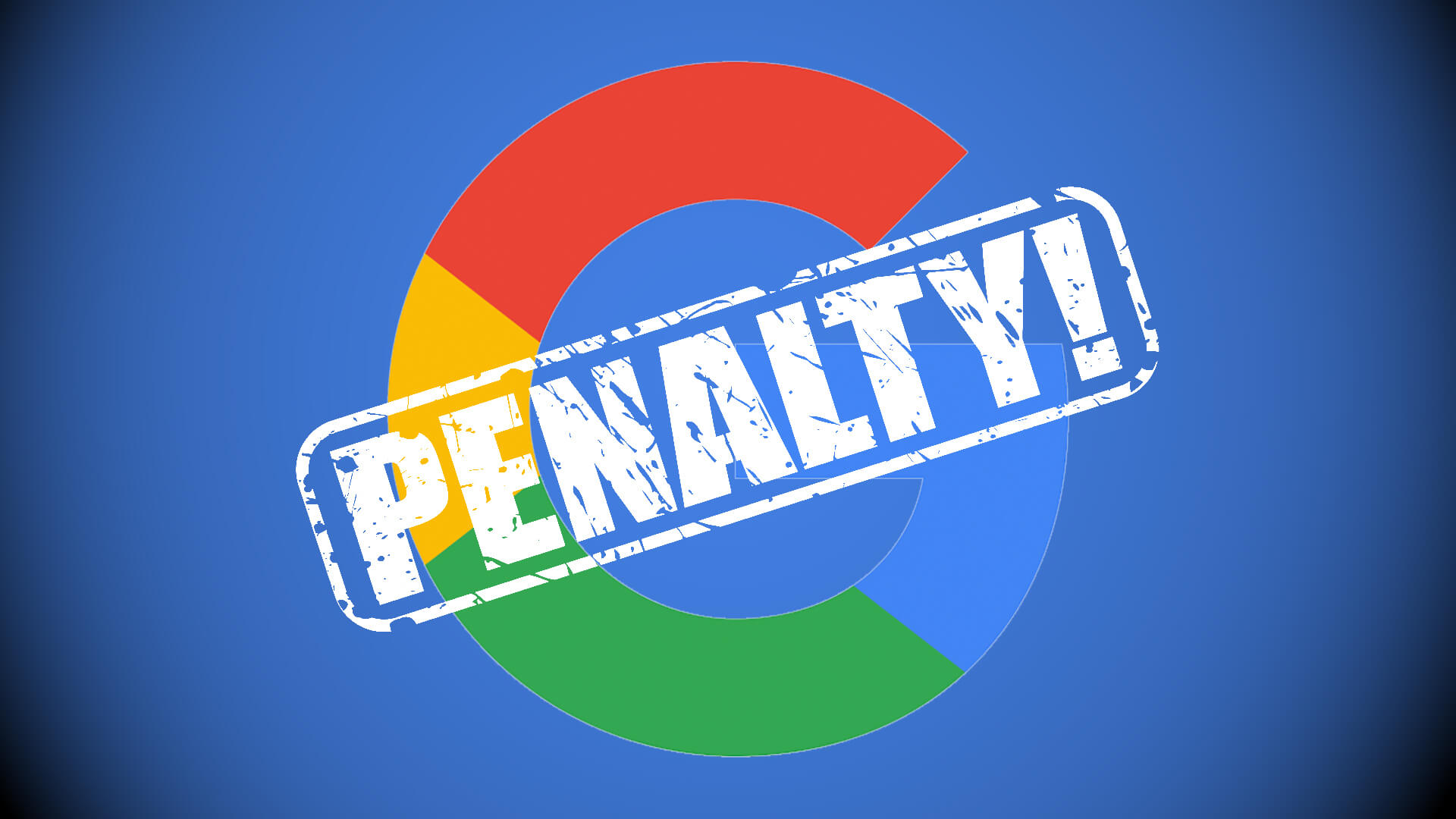
Why are we so afraid of links?
Back in the old days of SEO, we loved any link if it was free, even if it was from a spammy scraper site or the lowest-quality directory you’ve ever seen. If we did nothing to get that link, it was a great link. People assumed that all links were beneficial — and that even “bad” links were completely harmless, with no potential to cause damage.
Then we started to get scared… and we nofollowed links. We performed loads of link analysis and reached out to sites that we thought were spammy and asked to have our links removed. Oh, and let’s not forget that time period where we were terrified of exact-match anchors and then built 50 links that all said “Click here.”
I’m surely leaving out other critical changes, but the bottom line is that links freak most of us out, whether we’re building them or they’re being built for our site.
Let’s break down five of the biggest fears and discuss how healthy or unhealthy they truly are.
1. Fear of actively pursuing links
I’m including begging and buying here. Some have the viewpoint that any link that was not editorially given is a bad link. In my opinion, if you waited to only get editorially given links, you’d be waiting a very long time to see any results. It’s an ideal, in my opinion.
People can claim that a successful link-building campaign is not based on money, but in my opinion, it absolutely is. You cannot create an utterly amazing and far-reaching content campaign without a healthy budget unless you just happen to have talented people on your staff who can do it themselves. Even if you create this awesome content that will naturally attract links, you have to promote it — and I don’t just mean tweeting about it.

Plenty of content gets pimped via email outreach, for example. Content is sent to parties who might find it valuable, along with a nice, gentle suggestion that you link. To me, that’s not much different from just asking for a link; but to those who preach that all you need is great content to attract links naturally, it’s a whole different ballgame.
I kind of dump this approach into the begging category. You may consider it an editorially given link, though. Are they really that different? Not in my mind; at the end of the day, you saw content and you linked to it.
Do you think Google can tell what your reasoning was for linking? Can they distinguish between whether you came across that content on Facebook and included a link to it in a new post, or whether the agency who created it emailed you about it and said that if you like it, link to it? Nope.
So, is this fear healthy or not? I’d go with not healthy, but with a caveat: you have to really know what you’re doing.
2. Fear of the links you get naturally
This one is also wise in my opinion, as so many people think they cannot possibly be hurt by free links that were just handed to them.
However, this fear can go too far. People will see a link come in from a brand new site where the Domain Authority is 11, and they freak out. Is this going to hurt me? Should I disavow it?
I may be crazy for saying this, but I don’t really worry much about those kinds of links unless they’re coming to me in great numbers and from some spammy niches. If some new blogger who is just starting out decides to link to my site in an article about link building, I’m not going to flip out and ask for the link to be removed, nor am I going to disavow it.
Still, it’s good to audit your backlink profile and ensure that you are disavowing any spammy links. Even if you didn’t pay for them or ask for them, they could still be coming from low-quality sites that could ultimately harm your rankings if not dealt with.
Healthy fear or not? Pretty healthy.
3. Fear of linking out to other sites
I’ve only really encountered this one when we do outreach for clients (and not all that often, luckily). Webmasters will say that linking out is illegal, or that Google will penalize them for it.
Recently, while doing a link review for a client, I was looking at a page from which we secured a great link for a client last year. I remembered that page well because of all the great resources it linked to and how thorough it was. I’d been thrilled to secure a link there.
Today, there are zero outgoing links on that article. Zero. All the info is still there, but you’d have to look up each site on your own. To me, that is absolutely dreadful to do to your users. Some of the most beneficial content out there links out to other resources. This is one fear that I think is completely unsubstantiated.
Healthy? Not in my mind.
4. Fear of linking out without a nofollow
This one is tricky. In Google’s Webmaster Guidelines, they advise doing the following for links that may violate their guidelines:
- Adding a rel=”nofollow” attribute to the <a> tag
- Redirecting the links to an intermediate page that is blocked from search engines with a robots.txt file
Google has added many types of “manipulative” links to their guidelines over the years, though — and I suspect they will continue to add more. As a result, many webmasters now slap a nofollow on automatically.
I have no problem with nofollowed links; if they’re good to send traffic, I’m happy. My main issue is that this sculpting of the web is being done by people who don’t really have much understanding of how the web works. Some of these people are nofollowing links that should not be nofollowed. How is that going to impact rankings when it becomes a common thing to do? Oh, right… we’ll just find another way to manipulate the web.
With paid links and affiliate links, most webmasters do nofollow them. If you’re just editorially linking out to an article on someone else’s site to help make your content better, you don’t need a nofollow.
Healthy fear? Not unless you really do have a good reason that is something other than “it’s the only legal option.”
5. Fear of Google in general
Is anyone terrified of Bing or Duck Duck Go? If so, I’ve never heard about it. They’re all scared of Google. Google will penalize me for building links. Someone will turn me in for building links. Google will take down my site and I will starve to death. People still say these things.
Unfortunately, there’s a reason for that. I’ve seen too many sites get unfairly penalized to think it’s not a possibility, no matter how clean your backlink profile is. And hey, there are more than just link-related penalties!
Healthy fear? YES. I mean, I think people need to do what is right for their own businesses. Maybe you wouldn’t lose your shirt if Google did penalize you. Maybe you really love risk. That’s fine with me. But I do think you have nothing to lose by being at least a tiny bit afraid — or, at minimum, aware — of their power.

Some might take this all to mean that I don’t like Google or that I’m advocating violating their guidelines. My position is that they have their own rules and if you break them, they have the right to penalize you.
My biggest problem is that by attempting to curb all the link spam, they’ve issued broad guidelines that can penalize sites for doing things that used to be okay, and they will probably add something new that might penalize sites for something that is currently all the rage.
We all need to have some fear. What we don’t need is ignorant terror that makes us ruin the web needlessly.
Some opinions expressed in this article may be those of a guest author and not necessarily Search Engine Land. Staff authors are listed here.